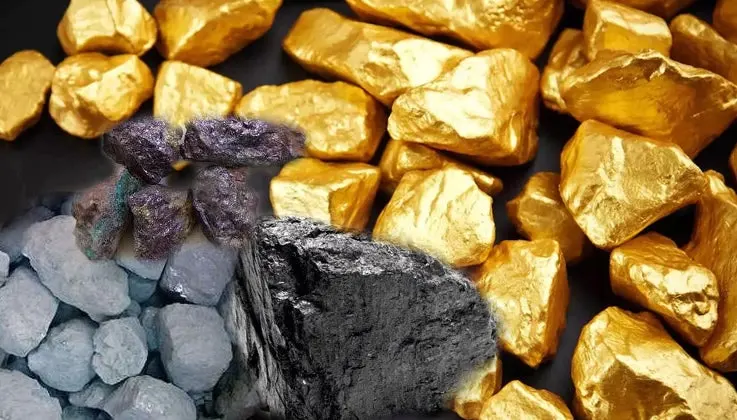Zimbabwe’s mining sector is highly diversified, with close to 40 different minerals. The predominant minerals include platinum, chrome, gold, coal, and diamonds. The country boasts the second-largest platinum deposit and high-grade chromium ores in the world, with approximately 2.8 billion tons of platinum group metals and 10 billion tons of chromium ore. The sector accounts for about 12 percent of the country’s gross domestic product (GDP) and the minister of mines claims the sector has the potential to generate US$12 billion annually by 2023 if the government addresses challenges such as persistent power shortages, foreign currency shortages, and policy uncertainties.
Foreign currency retention requirements have challenged mineral exporters, particularly at times when the black-market exchange rate diverged greatly from the official rate and has incentivized smuggling. The government expected the sector to drive economic growth in 2020/2021, but the COVID-19 pandemic dampened such optimism. The government intends to amend the Mines and Minerals Act to make it more progressive and investor friendly to attract more investment.
Companies are required to export all minerals through the state-owned Minerals Marketing Corporation of Zimbabwe (MMCZ), with the exception of gold which must be sold to the Reserve Bank of Zimbabwe’s (RBZ) subsidiary Fidelity Printers and Refiners (FPR). However, individual companies may receive permission from the government of Zimbabwe to sell minerals directly to avoid U.S. targeted sanctions on the MMCZ.
Leading Sub-Sectors
Zimbabwe’s top minerals include gold, platinum, chrome, coal, diamonds, and lithium.
Exploration of possible oil and gas deposits in Muzarabani in 2018 is scheduled to begin in early 2022. Mining activities were largely depressed in 2020 compared to 2019 due largely to COVID-19 induced lockdowns, both domestically and globally. Positive performances in the diamond, palladium and nickel sectors partially helped to offset under-performance of coal, gold, chrome, and platinum.
Exports of gold, Zimbabwe’s top mineral export, fell from US$1.64 billion in 2019 to US$981 million in 2020. The RBZ attributed the overall poor gold production in 2020 to COVID-19 lockdowns, suspected smuggling, fuel shortages, and antiquated technology. FPR announced in mid-2021 that it will combat these underlying issues by allowing large-scale gold mining companies to export a portion of their bullion directly. FPR expects this measure to increase production by allowing companies to secure funding in the form of gold loans. FPR also hopes that direct payments will help prevent the illegal export of gold, estimated at US$1.2 billion per year by small-scale miners who extract most of the country’s gold. In August 2021 the RBZ announced plans to divide FPR into two separate companies and sell a majority stake in the new gold refinery business to ten mining companies.
The consolidation of diamond mining companies into the Zimbabwe Consolidated Diamond Company in Marange and the transition to conglomerates should lead to increased investment and purchases of new mining equipment. The consolidation led to some international firms exiting the diamond sector, though some were later invited to return.
According to the African Mining Market, Zimbabwe’s lithium deposits are the largest in Africa and the country will become one of the world’s largest lithium exporters due to growing world demand for rechargeable batteries. The government claims the country will meet 20 percent of the world’s total demand for lithium when it fully exploits its known lithium resources, and four major lithium projects are currently under development.
Opportunities
Besides direct investment in mining, there is a significant opportunity to provide heavy underground mining machinery and other supplies, as well as transportation infrastructure and materials, including railways. The government’s renewed interest in increasing domestic production of value-added mineral products will require larger capital investments in the mining sector than the current business model which relies on exporting unprocessed or semi-processed natural resources.

